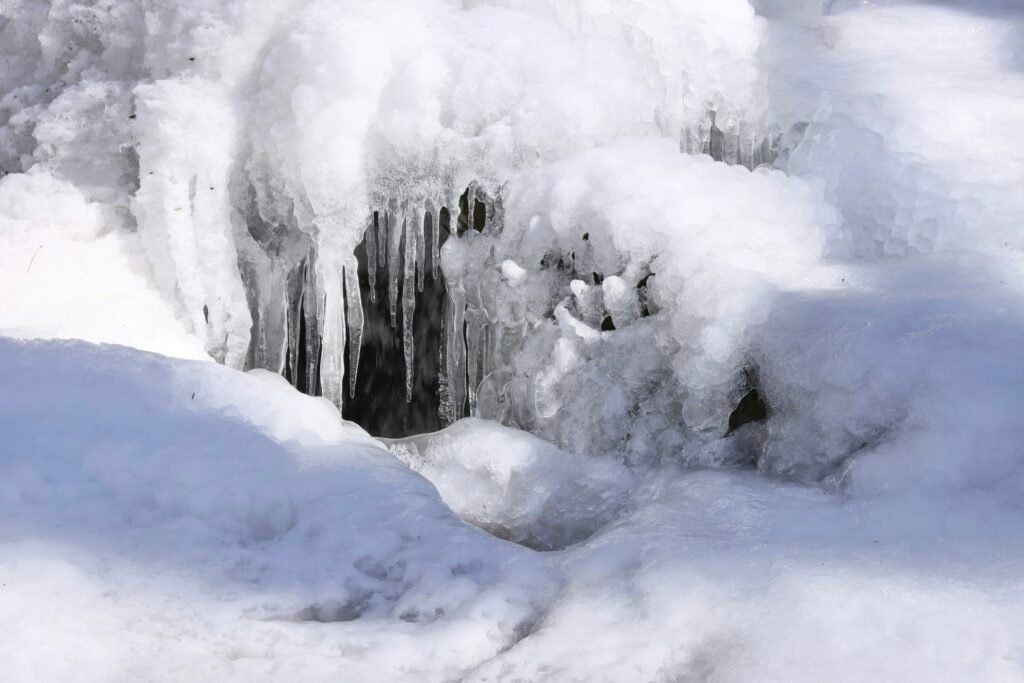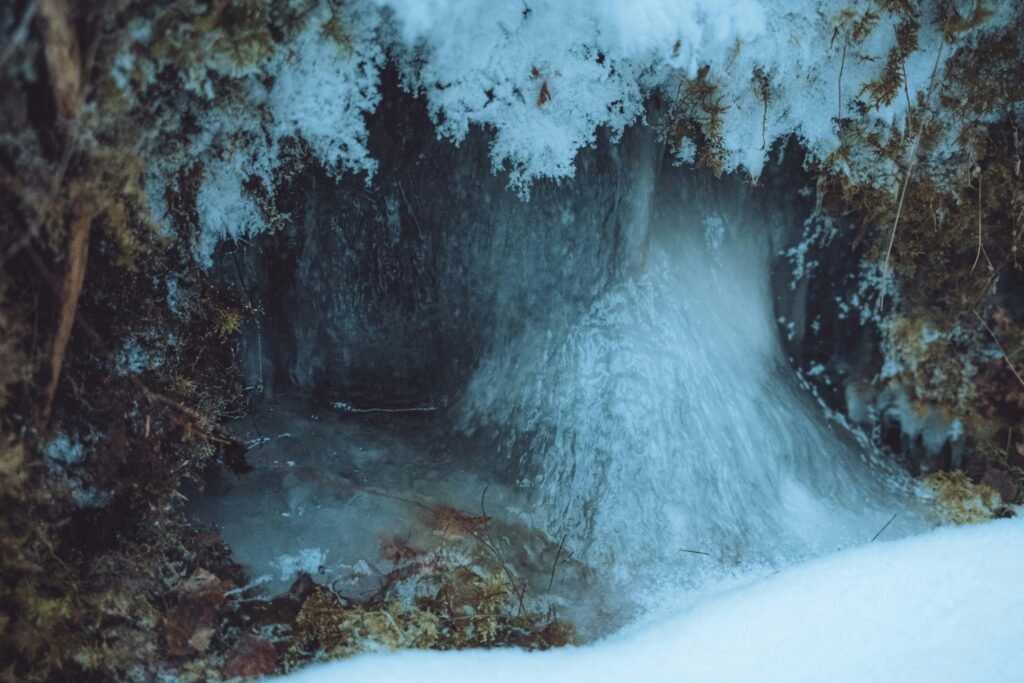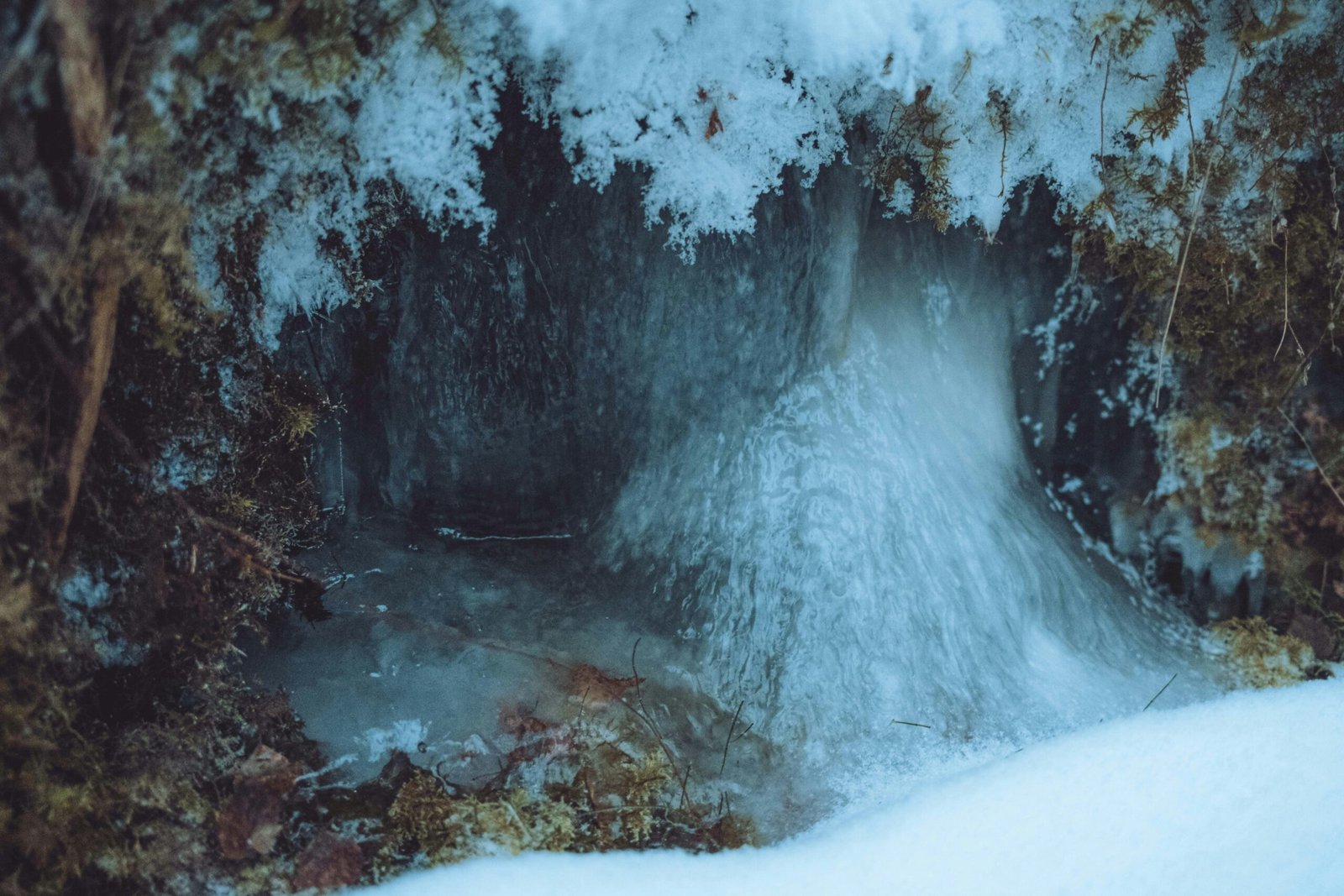Have you ever considered taking the plunge into the world of cold plunges? You might think it’s merely a trendy way to embrace the chilly waters, but there’s so much more to it. If you’ve decided to give this invigorating practice a shot, there are a few pitfalls you’ll want to avoid. Let’s walk through the common mistakes that beginners often make when starting their cold plunge journeys.

The Idea of “Just Jumping In”
Many beginners think that all they need to do is jump into the cold water and experience immediate benefits. While that sounds simple and exciting, there’s a bit more to it. It’s essential to prepare not only your body but also your mindset before taking the plunge.
Not Listening to Your Body
Everyone’s responses to cold exposure vary. Some may thrive in the icy water, while others might react negatively. Always listen to your body’s signals. If you feel too cold or uncomfortable, it’s perfectly fine to step back or take it easy.
Underestimating the Mental Game
A large part of cold plunges is mental. A beginner might overlook the mental preparation needed to face such a shock. Practicing mindfulness or deep breathing can help manage anxiety. Before you plunge, take a moment to focus on your breathing and center yourself.
Skipping the Warm-Up
Jumping into cold water without any warm-up can be a jarring experience. While it may seem like a straightforward approach, taking a few minutes to warm up your body can significantly enhance your cold plunge experience.
Gradual Acclimatization
Instead of going from a cozy environment directly into icy water, consider gradually acclimatizing your body. Start with cold showers or splash cold water on your arms and legs. This warm-up helps your body adjust, making the plunge less of a shock.
Not Having a Plan for Duration
You may think you can just hop in the water and hang out for however long you feel like it, but the reality is that a well-thought-out plan for how long you stay in is essential.
Beginners’ Recommended Duration
Generally, a beginner should aim for shorter durations—around 2 to 5 minutes in the cold plunge. This small time frame is enough to reap the benefits without risking hypothermia or feeling overwhelmed. As you get accustomed to the experience, you can gradually increase your duration.
Ignoring Temperature Guidelines
Have you ever thought about what temperature is considered “cold” for a plunge? It might surprise you to learn there’s a standard range for an effective cold plunge.
Acceptable Temperature Ranges
For beginners, water temperatures between 50°F (10°C) and 60°F (15°C) are ideal. Too cold can be uncomfortable and unsafe, while temperatures above this range may not deliver the benefits you’re seeking. Knowing the suitable range is crucial for your cold plunge practice.

Going Alone
Many people might want to take the plunge solo, thinking it will be a more personal and meditative experience. However, going alone has its risks, especially for beginners.
The Buddy System
Having a partner can not only make the experience more enjoyable but can also help keep you safe. It’s always a good idea to have someone nearby in case you need assistance or encouragement.
Forgetting Post-Plunge Care
So, you’ve taken a refreshing plunge—now what? The post-plunge phase is just as important as the plunge itself, and many beginners neglect this part of the experience.
Warming Up After the Plunge
Immediately after getting out, your body will likely be cold, and you might want to dash inside. However, taking the time to warm up gradually is vital. Wrap up in a warm blanket, sip a hot beverage, or take a warm shower to help your body return to normal temperature without shock.

Neglecting Hydration
Staying hydrated might not seem directly connected to cold plunges, but it plays a significant role in this experience. Many newcomers forget to hydrate properly before and after plunging, which can diminish the benefits.
Importance of Hydration
Cold exposure can sometimes be dehydrating, so drink water before you plunge and afterwards. Hydration aids in overall recovery, ensuring your body can manage the shock and maximize the invigorating effects of cold therapy.
Assuming One Size Fits All
Just because your friend or a social media influencer finds success in cold plunging doesn’t mean it’s the same for everyone. Beginners often assume that if something worked for someone else, it will work for them as well.
Customizing Your Approach
Take the time to experiment with your approach. This could mean testing different temperatures, durations, or even the frequency of your plunges. Everyone’s body is unique, so tailor your practices based on how your body reacts.
Overlooking the Benefits of Incorporation
It’s easy to see cold plunges as a standalone practice, but they should ideally be part of a more extensive wellness routine.
Integrating Cold Plunge with Other Practices
Consider incorporating stretching, yoga, or breathing exercises alongside your cold plunges. This integrated approach will not only elevate your experience but also enhance the overall benefits of each practice.
Skipping Research
Before anything else, it’s crucial to do your homework. Many beginners jump into cold plunges without understanding the potential risks and benefits involved.
Knowledge is Power
Research reputable sources to learn about the benefits of cold plunging, safety measures, and the science behind it. Understanding this will not only enhance your experience but also keep you safe and informed.
By avoiding these ten common mistakes, you set yourself up for a more enjoyable and effective cold plunging experience. Remember, it’s all about finding what works best for you and integrating this practice into your life safely and positively. Each plunge can be a refreshing reset, both mentally and physically, when approached with mindfulness and preparation. Don’t just take the plunge; make it a part of your wellness journey in the best way possible. Happy plunging!

